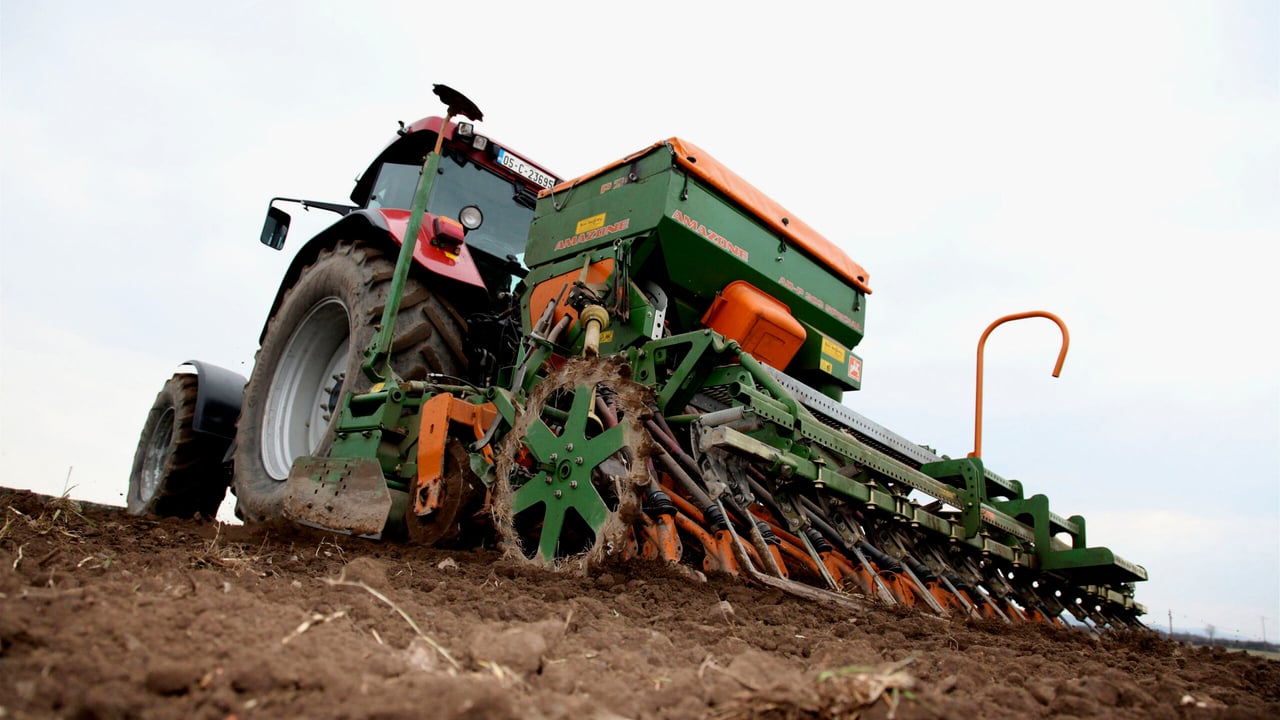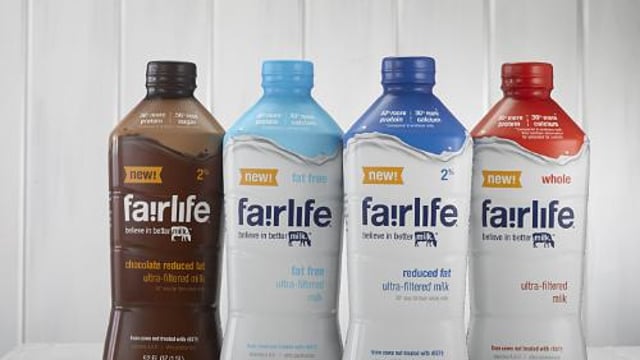Sponsored Article
A practical approach to greening requirements - Teagasc
Sponsored Article
With 30% of direct payments dependent on meeting the ‘greening’ criteria, it is important that farmers understand and comply with the new rules, Ivan Whitten of Teagasc told the National Tillage Conference recently.
Whitten said the impact of the new regime must be evaluated at an individual farm level, and appropriate changes implemented.
According to Whitten, the starting point is to calculate how much arable land and grassland you have in 2015.
For greening the calculations are based on “reference areas” and not the actual area of crop, he said.
Whitten’s presentation also said that the new greening conditions may impact on farmers in other sectors depending on their historical cropping pattern (for example a dairy farmer with whole crop or maize may trigger greening).
Knowing the cropping history of land taken as conacre is also essential, he said.
Whitten said arable land is any field that was classified as arable in any of the years from 2010 to 2014.
“Land used for arable cropping in 2015 will be classed as arable for the purposes of greening calculations. This land classification can be checked with the Department of Agriculture, Food and the Marine.”
Whitten outlined that the value of each standard tillage entitlement will drop by 13.8% from €333 to €286 over the next five years so cash flow planning will be vital.
“Farmers need to work out the land bank they require in 2015 and calculate the consequences of dropping low-performance rented land on their direct payment,” he said.
Whitten also advised that separate payment dates for the BPS, greening and any protein support elements may make it wise to adjust loan repayment dates to match them.
Sponsored Article



